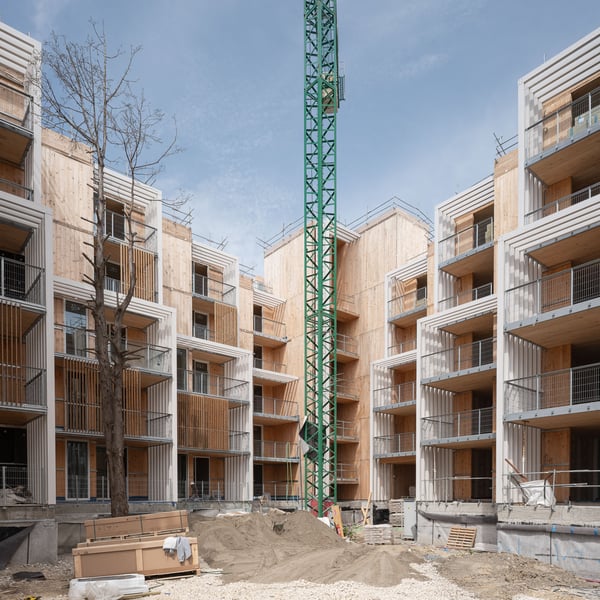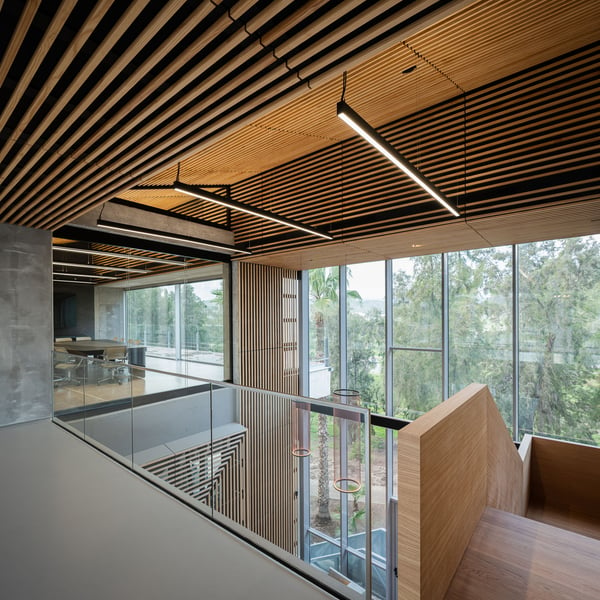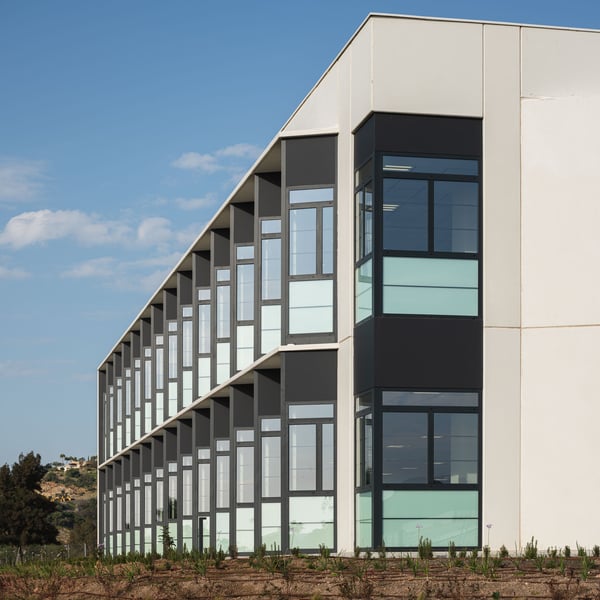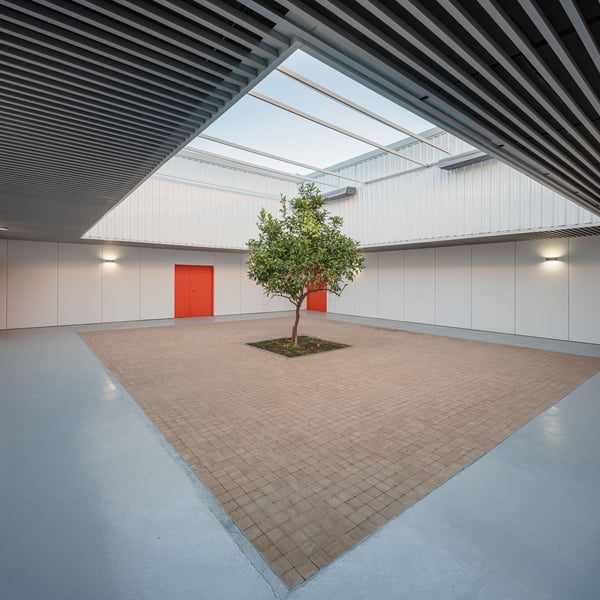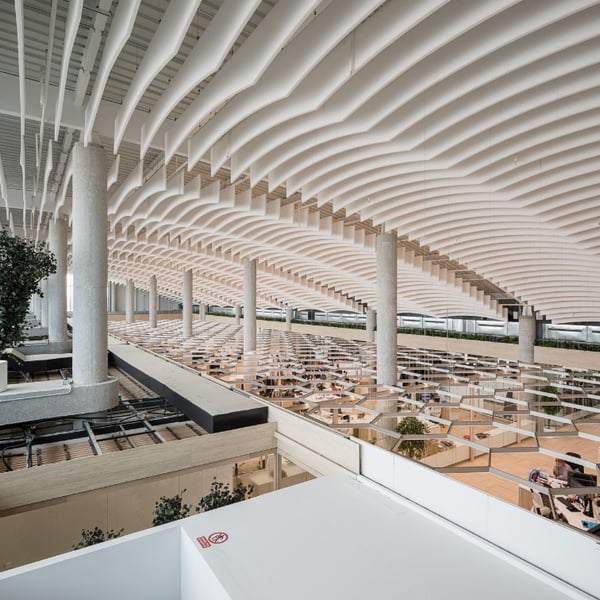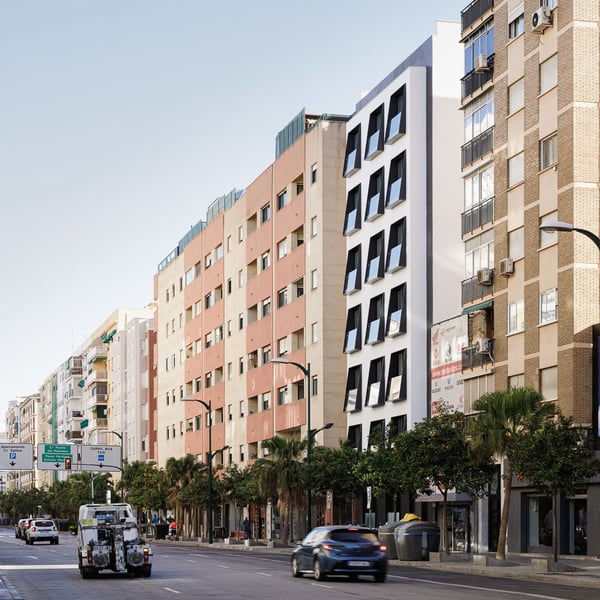.
Architecture
 Ref: 9024_01
Ref: 9024_01  Ref: 9024_02
Ref: 9024_02  Ref: 9024_03
Ref: 9024_03  Ref: 9024_04
Ref: 9024_04  Ref: 9024_05
Ref: 9024_05  Ref: 9024_06
Ref: 9024_06  Ref: 9024_07
Ref: 9024_07  Ref: 9024_08
Ref: 9024_08  Ref: 9024_09
Ref: 9024_09  Ref: 9024_10
Ref: 9024_10  Ref: 9024_11
Ref: 9024_11  Ref: 9024_12
Ref: 9024_12  Ref: 9024_13
Ref: 9024_13  Ref: 9024_14
Ref: 9024_14  Ref: 9024_15
Ref: 9024_15  Ref: 9024_16
Ref: 9024_16  Ref: 9024_17
Ref: 9024_17  Ref: 9024_18
Ref: 9024_18  Ref: 9024_19
Ref: 9024_19  Ref: 9024_20
Ref: 9024_20  Ref: 9024_21
Ref: 9024_21  Ref: 9024_22
Ref: 9024_22  Ref: 9024_23
Ref: 9024_23  Ref: 9024_24
Ref: 9024_24  Ref: 9024_25
Ref: 9024_25  Ref: 9024_26
Ref: 9024_26  Ref: 9024_27
Ref: 9024_27  Ref: 9024_28
Ref: 9024_28  Ref: 9024_29
Ref: 9024_29  Ref: 9024_30
Ref: 9024_30  Ref: 9024_31
Ref: 9024_31  Ref: 9024_32
Ref: 9024_32  Ref: 9024_33
Ref: 9024_33 Architects
E.T.S. de Arquitectura de Málaga. UMA / Alberto García Marín- Aq8 Arquitectura / Sánchez La Chica, Juan Manuel
Promoter
Smart Campus. Universidad de Málaga
Collaborators
Estructura:
E.T.S. de Arquitectura de Málaga
Jorge Barrios Corpa
Botánica:
Facultad de Ciencias. UMA
Noelia Hidalgo Triana
Andrés V. Pérez Latorre
Monitorización:
E.T.S. de Ingeniería de Telecomunicación. UMA
Sergio Fortes Rodríguez
Eduardo Baena
Investigación sobre mobiliario y reciclaje:
Escuela de Ingenierías Industriales. UMA
Luz García Ceballos.
Colaboradores arquitectura:
Antonio Osuna Melgar
Silvia Delgado Ferrary
Irene Gómez Gómez
Juan Ignacio Becerra Tur
Smart Tree nace de un proyecto de investigación de la Universidad de Málaga con el propósito de reciclar elementos procedentes de la demolición de edificios del campus para la mejora de entornos docentes universitarios.
Tal y como sucede en gran parte de los nuevos espacios de nuestras ciudades creados en los años ochenta del siglo pasado, el campus universitario de Teatinos sufre las consecuencias de un diseño en el que el automóvil tuvo un protagonismo excesivo. Con la intención de reactivar este entorno y establecer los espacios de relación necesarios para el desarrollo de las actividades al aire libre de los usuarios del campus, la Universidad de Málaga ha puesto en marcha distintos proyectos de naturación, entre los que se encuentra Smart Tree.
Smart Tree se concibe como un árbol biotecnológico cuya misión es la de rehabilitar los espacios exteriores de la universidad, promocionando su uso a través de la creación de entornos verdes y servicios conectivos. Ubicado a la espalda de la Facultad de Ciencias, esta intervención transforma un lugar en desuso para dotar a los usuarios de los diferentes edificios del entorno de un espacio de “co-working” al aire libre, distendido y amigable, que aporte un microclima de confort ambiental y sensorial, y la tecnología de acceso a las energías renovables y a la información.
De manera inesperada y debido a las restricciones que la pandemia ha impuesto, Smart Tree se ha convertido en una improvisada aula al aire libre.
Para la elaboración del prototipo se creó un equipo multidisciplinar compuesto por biólogos, ingenieros y arquitectos, con la idea de trabajar en las diversas líneas del proyecto.
La estructura de Smart tree y su mobiliario han sido diseñados a partir de materiales procedentes de demoliciones parciales de edificios del campus que han agotado su primera vida útil. El pabellón surge de la reelaboración de una estructura que sirvió de pérgola en el patio de la facultad de bellas Artes, cuya necesaria rehabilitación implicaba la eliminación de la misma. De esta obra se obtuvieron tres estructuras espaciales trianguladas que se utilizaron para componer el pabellón sin la necesidad de excesiva transformación; y las columnas de hormigón, que hincadas en el terreno sirvieron para realizar la estricta cimentación proyectada.
Sin la necesidad de añadir elementos de nueva factura para para generar el pabellón, la primera de las estructuras se utilizó una para construir el plano del suelo, la segunda para generar el soporte vertical, y la tercera y última, para cubrir el pabellón. De la potencia de estas de estas estructuras y de la ausencia de otros elementos estructurales a reciclar surgió el voladizo que significa esta “folie “, que pintada de color amarillo flota sobre el jardín sin apenas tocarlo. Unas bancadas tubulares de hierro y tableros de madera de haya procedentes de la demolición de los laboratorios de la Facultad de Ciencias sirvieron para amueblar el pabellón y delimitar los cultivos.
Todo esto se levantó sobre un jardín, que con la intención de mejorar las condiciones ambientales y sensoriales, se diseñó utilizando la flora autóctona. Una estación meteorológica y diversos sensores ubicados estratégicamente permiten la recogida de datos en tiempo real de las condiciones de calidad ambiental, a través de los cuales se extraen conclusiones para para la mejora de este espacio y su futura aplicación en otros proyectos de rehabilitación de espacios exteriores. El sistema autónomo de captación de energía instalada en el Smart Tree permite la inclusión de sistemas de control, la iluminación del propio pabellón y la creación de un punto de carga de bicicletas eléctricas.
Malaga cathedral roof
Málaga
Oceanika Coliving
Málaga
AIRZONE office refurbishment
Málaga
Cuatro edificios de oficinas en la ampliación del Parque Tecnológico de Andalucía
Málaga
Remedios Rojo Public Vocational Training Centre for Employment
Málaga
Naturalezas docentes. Isla y Senda Verde Facultad de Ciencias de la Educación. Universidad de Málag
Málaga
Smart City Kids. Espacios para la conciliación familiar.
Málaga
Mayoral Headquarters Extension
Málaga
2 dwellings building at Salitre 37
Málaga
Nueva Nave Centro Logístico de Mayoral
Málaga

